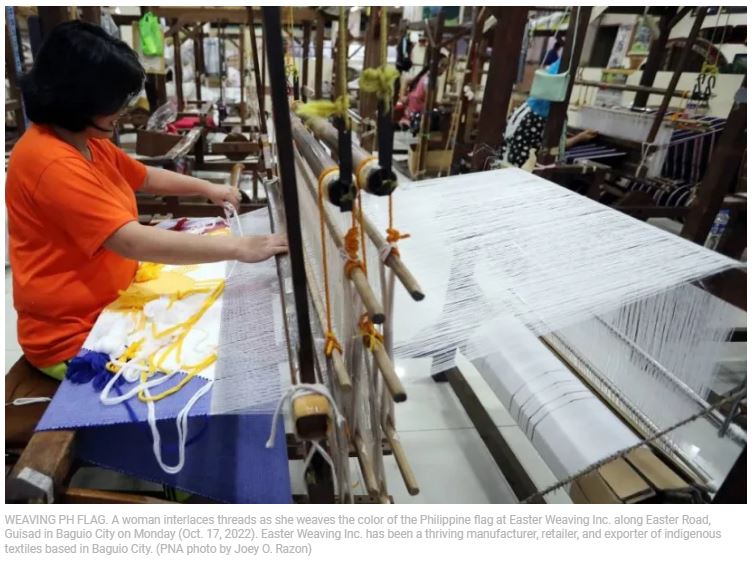Philippines: Manufacturing slowly expanded in October
DOMESTIC manufacturing activity continued to expand in October but at a pace slower than the previous month, S&P Global reported on Wednesday.
At 52.6, the Philippines’ latest purchasing managers’ index (PMI) was down slightly from September’s 52.9. The result remains positive, however, as readings above 50 indicate gains.
“While the headline index signaled a slightly softer improvement in the health of the manufacturing sector, the reading posted above the historical average and was modest overall,” S&P Global said.
A survey of around 400 manufacturers showed that operating conditions across the sector had improved in October, buoyed by greater demand and resulting expansions in output and new orders.
Maryam Baluch, S&P Global economist, said: “The latest PMI data revealed yet another round of expansion across the Filipino manufacturing sector. Demand conditions continued to improve, resulting in a further rise in output and new business placed at good producers.”
“Firms also signaled growth in buying activity and employment. Despite the pace of the latest upturns easing slightly on the month, firms continued to increase capacity and stocks to support future growth,” she added.
Employment also improved for the sixth consecutive month while buying activity registered a second successive month of expansion.
Supply side constraints continued to hamper the manufacturing sector, however, with vendor performance sharply deteriorating in October, mainly driven by shipping delays due to bad weather and port congestion. The latest extension to delivery times was the highest since January.
On the price front, both average cost burdens and charges levied continued to rise at sharp rates. “Moreover, currency weakness and global price rises in energy and materials resulted in the rate of input price inflation regaining momentum,” Baluch added.
The S&P Global survey also noted that despite input costs increasing at a quicker rate, firms raised their charges at a slightly slower pace.
Looking ahead, manufacturers remained optimistic amid hopes of continued upticks in demand over the coming year.
Michael Ricafort, chief economist at Rizal Commercial Banking Corp., said the latest PMI was still among the highest since before the pandemic started.
“An important positive factor for the local manufacturing gauge has been the further reopening of the economy toward greater normalcy [which] again helped the local PMI manufacturing gauge to among pre-pandemic highs and remained in expansion mode (above 50) for 14 straight months since September 2021,” he added.
The index could further improve, and consequently the economy, if Covid-19 case numbers improve via accelerated vaccinations and the intensified observance of minimum health standards/protocols.
Domini Velasquez, chief economist at China Banking Corp., said the PMI was still “comfortably” above the 50 threshold.
“It seems that increasing demand is outweighing higher costs of doing business brought about by an increase in prices of raw materials, borrowing costs and labor costs. This speaks positively of the resilience of domestic demand as it continues to hold up despite high inflation since April.”
“Given relatively good readings, especially in the past three months, we think that the manufacturing sector will grow modestly until 2023 instead of decline. This is despite domestic and external challenges,” Velasquez continued.
Source: https://www.manilatimes.net/2022/11/03/business/top-business/manufacturing-slowly-expanded-in-october/1864814


 English
English




